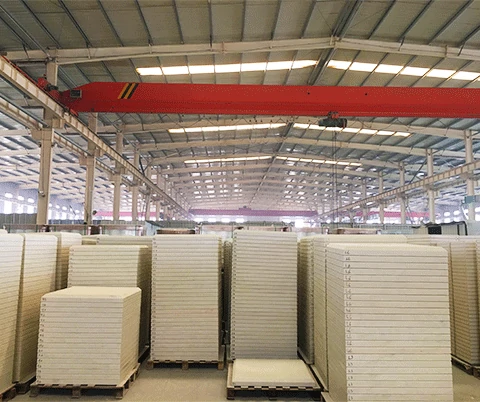loading...
- No. 9, Xingyuan South Street, Dongwaihuan Road, Zaoqiang County, Hengshui, Hebei, China
- admin@zjcomposites.com
- +86 15097380338
- Welcome to visit our website!
reverse osmosis membrane housing
Understanding Reverse Osmosis Membrane Housing A Key Component in Water Purification
Reverse osmosis (RO) is a widely recognized technology for water purification, effectively removing impurities and contaminants to provide clean drinking water. At the heart of this technology lies the reverse osmosis membrane, which is encased in a protective structure known as the RO membrane housing. This article delves into the importance of membrane housing, its design, materials, and the role it plays in the overall efficiency and effectiveness of the reverse osmosis process.
What is RO Membrane Housing?
RO membrane housing is a cylindrical or tubular container designed to hold and support the RO membrane during the filtration process. The membrane itself is composed of semi-permeable material that allows water to pass through while filtering out salts, bacteria, and other unwanted substances. The housing not only safeguards the membrane from physical damage but also ensures optimal performance by maintaining the correct pressure and flow rates required for efficient operation.
Design and Construction
The design of RO membrane housing is critical to its functionality. Typically, these housings are designed to accommodate various sizes of membranes, ranging from residential units to large-scale industrial systems. The housing must be both durable and resistant to the corrosive effects of water and chemicals, as the purification process often involves various cleaning agents and additives.
Common materials used in the construction of RO membrane housings include high-quality PVC, polycarbonate, and stainless steel. Each material offers specific advantages—PVC is lightweight and cost-effective, polycarbonate provides high impact resistance, while stainless steel offers unparalleled durability and corrosion resistance. The choice of material largely depends on the intended application, environmental conditions, and budget considerations.
Key Features of RO Membrane Housing
1. Sealing Mechanism A robust sealing mechanism is essential to prevent leaks that could compromise the efficiency of the membrane. Most housings feature o-rings made of rubber or other elastomers that provide a watertight seal when the housing is assembled.
reverse osmosis membrane housing

2. End Caps The end caps are integral to the housing, providing secure closures while allowing for easy access for maintenance and replacement. Some designs come with pressure relief valves to prevent overpressure situations.
3. Mounting Options Proper mounting options are vital for stability and secure installation. Many housings are designed to be easily integrated into existing water purification systems, with mounting brackets and flanges to simplify installation.
4. Compatibility Compatibility with different membrane sizes and types is crucial, as it allows flexibility in choosing the most effective membrane for specific water treatment needs. Standard sizes help ensure that various manufacturers' membranes can be fitted into the housing seamlessly.
Importance of RO Membrane Housing
The function of reverse osmosis membrane housing is pivotal in maintaining the integrity and efficiency of the entire water purification system. Properly designed and constructed housings
- Enhance Membrane Longevity By protecting the membrane from physical damage and environmental stressors, the housing contributes to a longer operational life. - Optimize Performance Effective housing ensures that the membrane operates at ideal pressure and flow rates, maximizing the purity of the output water. - Facilitate Maintenance Ease of access for maintenance and replacement ensures that the system can be serviced regularly, preventing performance degradation over time.
Conclusion
Reverse osmosis membrane housing plays an essential role in water purification systems by safeguarding the delicate membranes and ensuring their optimal performance. As technology advances, we can expect continued innovations in the design and materials used in these housings, further improving the efficiency and reliability of reverse osmosis as a method of water treatment. Whether for residential, commercial, or industrial applications, understanding the significance of RO membrane housing allows consumers and operators alike to appreciate the underlying mechanisms that contribute to clean and safe drinking water.
-
The Rise of FRP Profiles: Strong, Lightweight, and Built to LastNewsJul.14,2025
-
SMC Panel Tanks: A Modern Water Storage Solution for All EnvironmentsNewsJul.14,2025
-
GRP Grating: A Modern Solution for Safe and Durable Access SystemsNewsJul.14,2025
-
Galvanized Steel Water Tanks: Durable, Reliable, and Ready for UseNewsJul.14,2025
-
FRP Mini Mesh Grating: The Safer, Smarter Flooring SolutionNewsJul.14,2025
-
Exploring FRP Vessels: Durable Solutions for Modern Fluid HandlingNewsJul.14,2025
-
GRP Structures: The Future of Lightweight, High-Performance EngineeringNewsJun.20,2025
